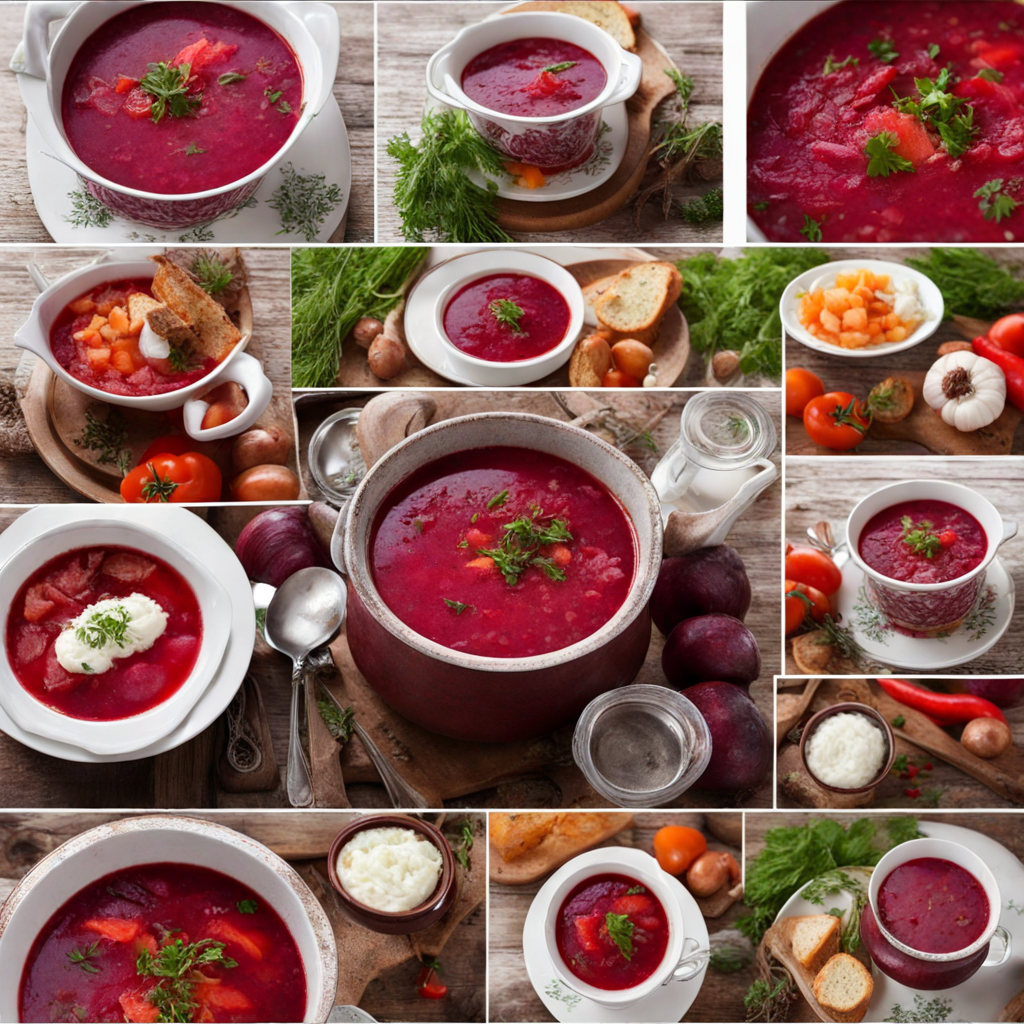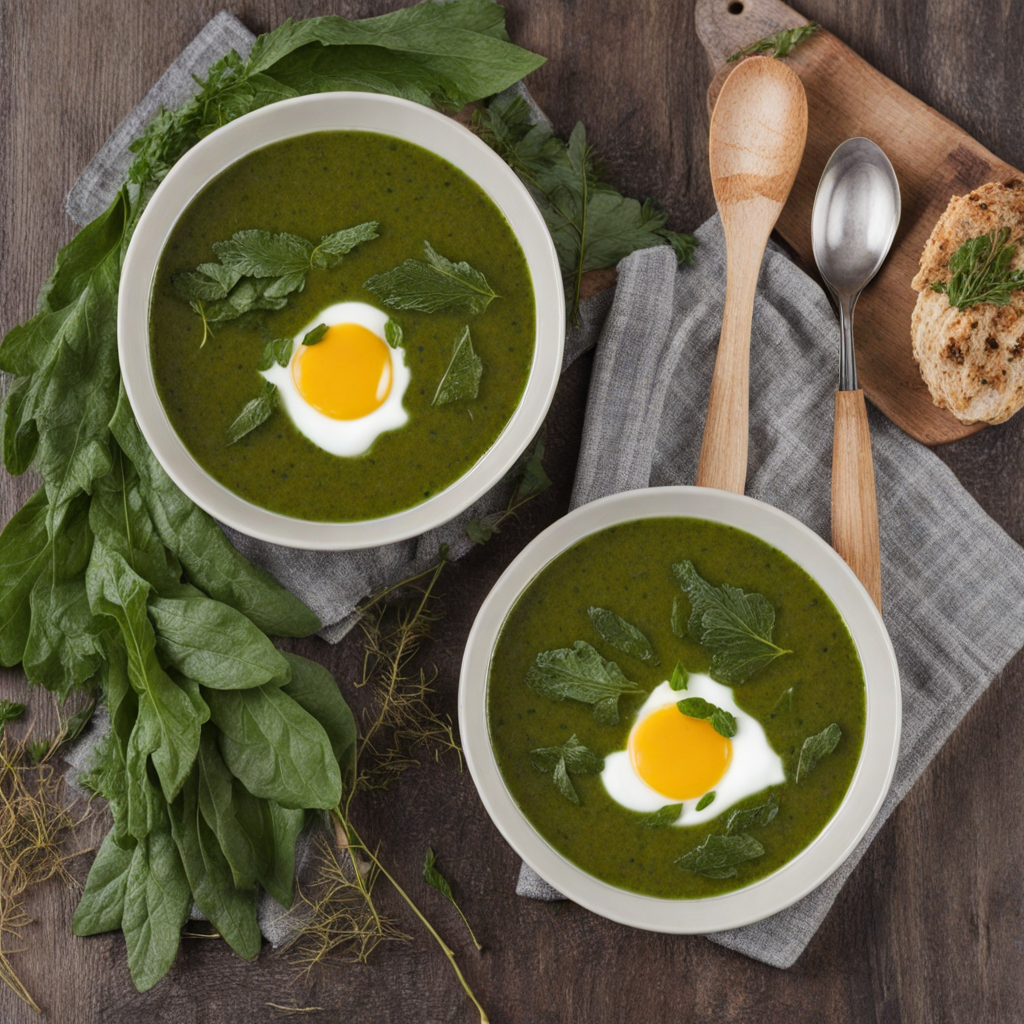Belarusian Sausage
Belarusian Sausage, known locally as "kielbasa," is a flavorful and hearty delicacy that showcases the rich culinary heritage of Belarus. This traditional sausage is typically made from a combination of pork, beef, and sometimes veal, seasoned with an array of spices such as garlic, black pepper, and coriander. The meat is coarsely ground, giving it a robust texture, and often mixed with a touch of lard to enhance its richness and juiciness. The use of natural casings adds to the charm, resulting in a sausage that is not only delicious but also steeped in authenticity. What sets Belarusian Sausage apart is the method of preparation. Often smoked over fragrant hardwoods, this process infuses the sausage with a deep, smoky flavor that complements the savory meat. Some variations include the addition of herbs like dill or parsley, which provide a fresh contrast to the richness of the meat. It can be enjoyed grilled, pan-fried, or even boiled, making it a versatile choice for any meal. Served alongside hearty sides such as boiled potatoes, sauerkraut, or rye bread, it creates a satisfying and robust dish that reflects the spirit of Belarusian cuisine. For those looking to discover new tastes, Belarusian Sausage offers a unique blend of flavors that is both comforting and intriguing. The balance of smoky, savory, and slightly spiced notes creates an unforgettable experience on the palate. Pair it with a chilled glass of Belarusian beer or kvass—a fermented beverage made from rye bread—and you have a meal that not only tantalizes the taste buds but also transports you to the heart of Belarus. This sausage is not just food; it is a celebration of the country’s culture and traditions, making it a must-try for any adventurous eater.
How It Became This Dish
The History of Беларуская каўбаса: A Culinary Heritage of Belarus Introduction Belarus, a landlocked country in Eastern Europe, is renowned for its rich agricultural landscape and culinary traditions that reflect its history and culture. Among the many gastronomic treasures of Belarus, one stands out for its unique flavor and cultural significance: беларуская каўбаса, or Belarusian sausage. This beloved dish not only serves as a staple in local diets but also embodies the spirit and resilience of the Belarusian people. Origins of Belarusian Sausage The origins of беларуская каўбаса can be traced back to the ancient practices of meat preservation. As with many European countries, the need to preserve meat led to the development of various sausage-making techniques. The Belarusian landscape, characterized by its dense forests, rivers, and agricultural fields, provided an abundance of resources for the production of sausages. Early Belarusians relied on hunting and farming, using the meat from wild game as well as domesticated animals like pigs and cattle. In the past, the production of sausages was often a community affair, with families and neighbors coming together to prepare for long winters. The act of making каўбаса was not only practical but also a social occasion, where recipes were shared and traditions passed down through generations. The use of spices, herbs, and local ingredients varied from region to region, leading to a plethora of different sausage varieties within Belarus. Cultural Significance Belarusian sausage is more than just food; it is a symbol of national identity and cultural heritage. In Belarusian folklore and tradition, food plays a central role in celebrations, rituals, and daily life. The preparation and consumption of каўбаса often occur during significant events such as weddings, holidays, and family gatherings. It is common to find it served on festive tables alongside other traditional dishes like draniki (potato pancakes) and borscht (beet soup). The cultural significance of беларуская каўбаса is also tied to the agrarian lifestyle of Belarus. The country’s cuisine has historically been influenced by the seasons, with sausages being made during the autumn months when livestock was traditionally slaughtered. This practice not only ensured that families had enough food for the winter months but also fostered a sense of community and shared responsibility. Moreover, беларуская каўбаса embodies the Belarusian philosophy of respecting nature and utilizing every part of the animal. This approach reflects a deep connection to the land and a commitment to sustainability that is evident in many aspects of Belarusian culture. Evolution Over Time As Belarus experienced various political, social, and economic changes over the centuries, so too did its culinary practices and the making of каўбаса. The influence of neighboring cultures, particularly Polish, Russian, and Lithuanian, introduced new flavors and techniques to Belarusian sausage-making. These interactions enriched the traditional recipes, leading to a diverse array of flavors and styles. In the 19th and early 20th centuries, during the rise of nationalism in Eastern Europe, there was a concerted effort to preserve and promote Belarusian culinary traditions. This period saw a resurgence in the popularity of traditional foods, including беларуская каўбаса, as a source of national pride. Sausage-making became a way to assert cultural identity amid the backdrop of political upheaval and foreign influence. The Soviet era brought about significant changes to food production and consumption in Belarus. Industrialization and collectivization altered the traditional methods of sausage production. While mass production made каўбаса more accessible, it also led to a decline in the artisanal practices that had characterized its making for centuries. The focus shifted from quality and tradition to quantity and uniformity. Despite these challenges, the 1990s marked a revival of interest in traditional Belarusian cuisine following the country’s independence from the Soviet Union. There was a renewed appreciation for local ingredients, artisanal methods, and the cultural significance of food. Farmers' markets and food festivals began to celebrate traditional recipes, including беларуская каўбаса, allowing artisans to showcase their skills and reconnect with their heritage. Modern-Day Belarusian Sausage Today, беларуская каўбаса remains a cherished part of Belarusian cuisine. It is commonly made from pork, beef, or a combination of meats, seasoned with garlic, black pepper, and other spices. Each family may have its unique recipe, often passed down through generations. The sausage is typically smoked, giving it a distinctive flavor that is enjoyed both hot and cold. In contemporary Belarus, каўбаса is not just a household staple but has also found its place in the global culinary scene. As Belarusian immigrants settled in various parts of the world, they brought their culinary traditions with them, introducing беларуская каўбаса to new audiences. Food enthusiasts and chefs have started to explore and incorporate this traditional sausage into modern dishes, celebrating its rich history while giving it new life. Moreover, the increased interest in local and sustainable food practices has led to a resurgence of artisanal sausage makers in Belarus. These producers prioritize quality ingredients and traditional methods, ensuring that the flavors and cultural significance of беларуская каўбаса are preserved for future generations. Farmers’ markets and specialty shops now offer a variety of artisanal sausages, allowing consumers to experience the depth and diversity of Belarusian culinary traditions. Conclusion The history of беларуская каўбаса is a testament to the resilience and creativity of the Belarusian people. From its humble beginnings as a means of preserving meat to its current status as a symbol of national identity, this beloved sausage embodies the agricultural heritage, cultural significance, and evolving culinary practices of Belarus. As globalization continues to influence food cultures worldwide, беларуская каўбаса stands as a delicious reminder of the importance of preserving culinary traditions and celebrating the stories that food tells.
You may like
Discover local flavors from Belarus







